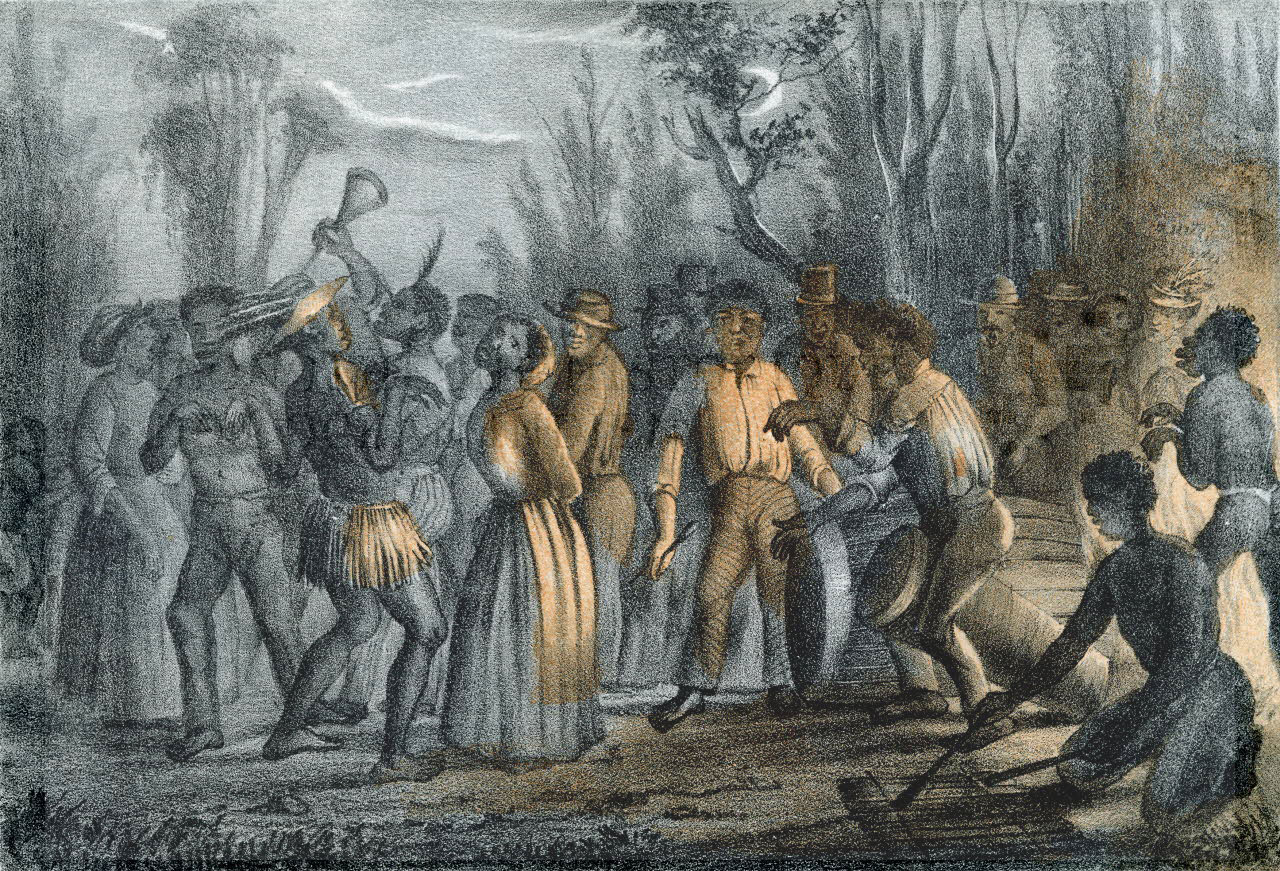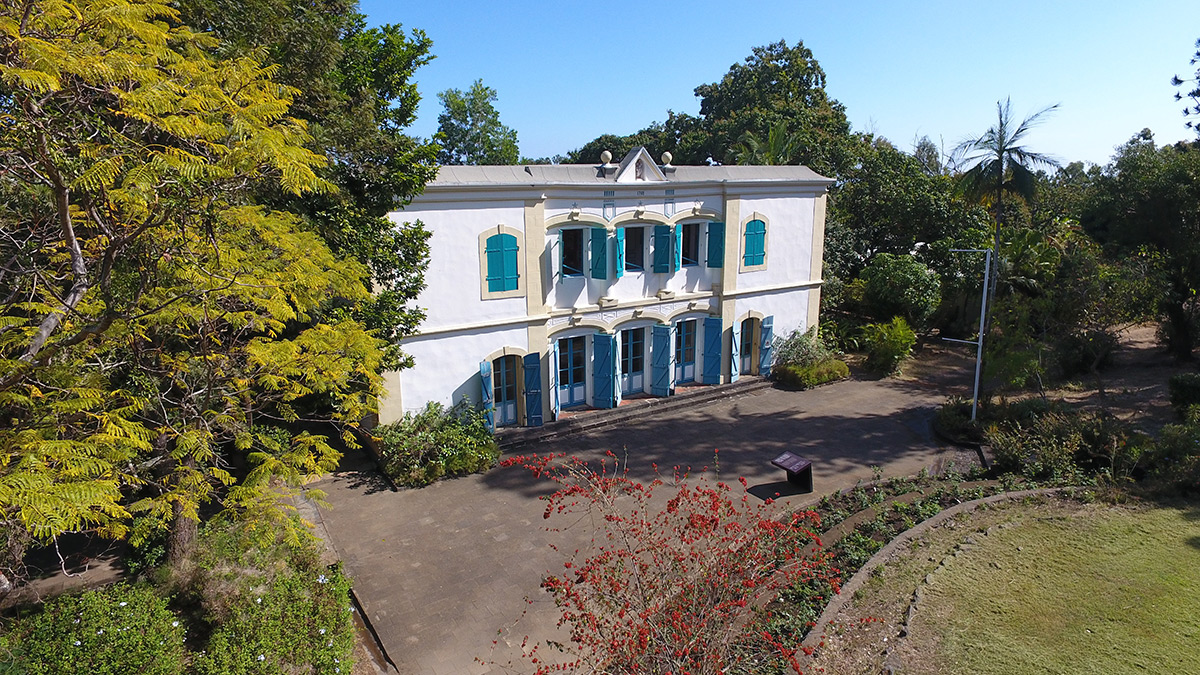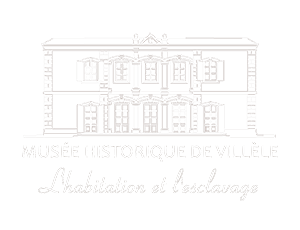An article written by Prosper Ève, historian and professor emeritus at the University of Réunion
History is the study of life, love and death. As life is not a gently flowing river, a study of the history of slavery cannot be a simple binary exercise. The life of slaves mainly consisted of work, since that was why they had been bought. It was marked by suffering and tears, but there was also laughter and joy. In theory, Sunday was a day of rest, but in actual fact, there were chores to be carried out all morning, and only then did the work came to an end. On religious holidays, the master allowed them to celebrate, that is to say to eat meat, drink and dance. For those enslaved on Bourbon island, New Year’s Day was truly special.
– First of all, because New Year’s Day gave them a landmark in respect of time.
– Secondly, because they set up a custom. During the morning, they all went to wish their masters a Happy New Year. Actually, they referred to that day as “banané day” (Happy New Year day). The whole process was steeped in meaning. Certain might reduce it to a totally self-centred action, since it was the day they were given presents. In actual fact, this consisted of two sets of clothing and wishes being exchanged, followed by their being given a glass of alcohol or lemonade. In fact, through this peaceful process, based on respect and goodwill, the enslaved drew their masters’ attention to their humanity, the fact that they lived on the same estate and the need to stay united. While most of the masters did not denigrate this custom, a small minority loathed it. However, they had no choice but to put up with it. They could not refuse it.
– Finally, it was a special day because, for those dominated, the day was an ideal opportunity to consider their ancestors, asking them for support and protection to help them endure the unacceptable, and also to pacify relations between the different actors on the estate. For the Madagascans, Africans and Indians, the death of a member of their family did not put an end to his or her links with the living. Since the enslaved could not do anything without their masters’ authorisation, they would apply the rules and invite the master to attend with his family.

Collection Léon Dierx art gallery, inv. 1984.07.05.38
While rejection of the system of slavery was often expressed through acts of rebellion, the daring custom created for New Year’s Day is not to be ignored.
What took place on the Desbassayns estate on that day does indeed raise the question of the complex character of the system of slavery.






